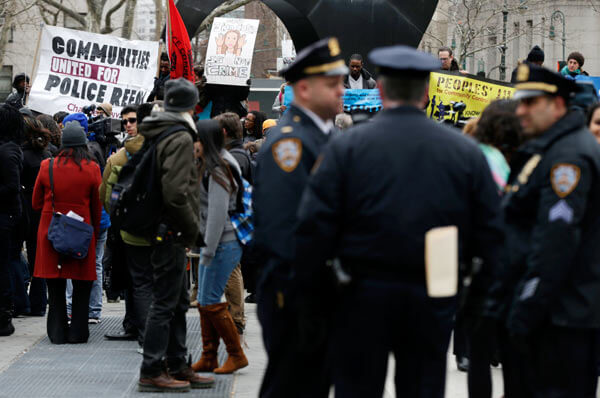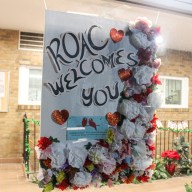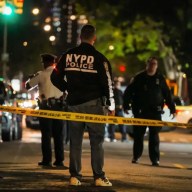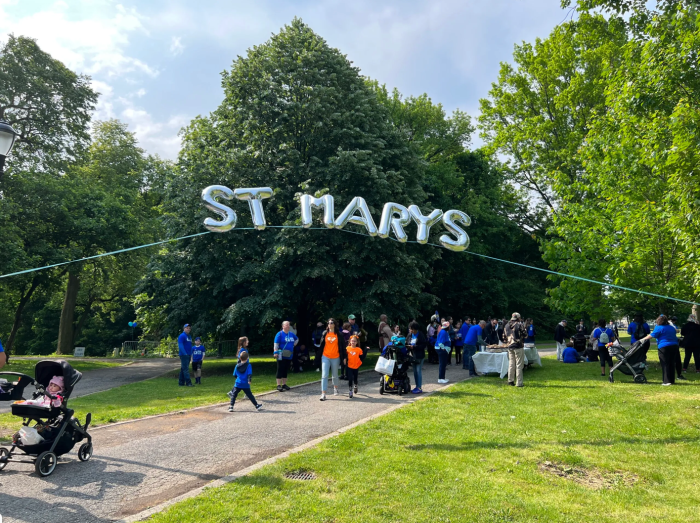By Rich Bockmann
The fact that blacks and Latinos are stopped by the NYPD at rates disproportional to their populations across the city was not in dispute Monday when the broadest challenge yet to the Police Department’s stop-and-frisk policies kicked off in a Manhattan federal courtroom.
What was in dispute was whether or not that disparity constituted an institutional practice by the NYPD of targeting minorities for illegal searches.
“The NYPD has laid siege to black and Latino neighborhoods,” said Darius Charney, an attorney with the Center for Constitutional Rights, which has brought a class-action lawsuit against the city seeking to reform the Police Department’s practices. “This is not just a minor inconvenience, but a frightening and degrading experience.”
Minority neighborhoods like Jackson heights and Jamaica had some of the highest numbers across the city in 2011 for stop and frisk, and even precincts with a relatively low number of stops showed a stark racial disparity.
Bayside’s 111th precinct, for example, ranked 58th in the city for stops. But whereas blacks and Latinos make up 12 percent of the precinct’s population, they accounted for more than 47 percent of stops.
U.S. District Court Judge Shira Scheindlin is already overseeing two other cases presenting more narrow challenges to stop-and-frisk, and Monday she oversaw the beginning of a bench trial expected to go on for weeks.
The Center has brought a lawsuit against the city claiming the NYPD violates the Fourth Amendment’s protection against unwarranted searches and the Fourteenth Amendment’s equal protection clause by directing officers — even if only with a wink and a nod — to systematically stop minorities, regardless of warranted cause.
The CCR plans to present testimonies from several people who were stopped by police, including Christina Acevedo, a woman who Charney said was told “When you hear ‘police,’ you stop” when she was chased by plainclothes officers in Woodside in May 2007. The city’s attorneys contend Acevedo’s encounter with the police never escalated to an official stop.
In addition to testimony from several people who were stopped as well as from police officers, the CCR attorneys plan to rely heavily on statistical data and analysis of NYPD documentations of stops, which may prove to be the case’s big sticking point.
Legal precedent dictates that an officer must be able to articulate a reasonable suspicion — beyond a hunch — that someone will commit a crime in order for a stop to be constitutional.
Officers document their stops several ways, including daily logs and forms known as UF-250s. The CCR attorneys plan to call Columbia University Law Professor Jeffrey Fagan to testify that his analysis of the UF-250 forms show that police consistently listed either “high crime area” or “furtive movement” as reasons for stops when such conditions either did not exist or were not articulated.
Fagan’s analysis of the forms shows that blacks and Latinos made up 85 percent of stops since 2005, but account for only 50 percent of the city’s population, the CCR said.
The city’s lawyers, on the other hand, argue Fagan should use the racial description of crime suspects rather than the population as his benchmark.
City Attorney Heidi Grossman said that while blacks and Latinos made up 87 percent of stops during 2011, they also made up 80 percent of criminal descriptions.
“Crime drives where police officers go, not race,” she said, explaining that with the implementation of the CompStat crime-tracking software in 1994 the department began employing its recourses proactively to “hot-spot crime areas.
The plaintiffs are looking for an independent monitor to oversee new reforms introduced at the NYPD, a remedy Grossman called “designed to fix a problem that does not exist.”































